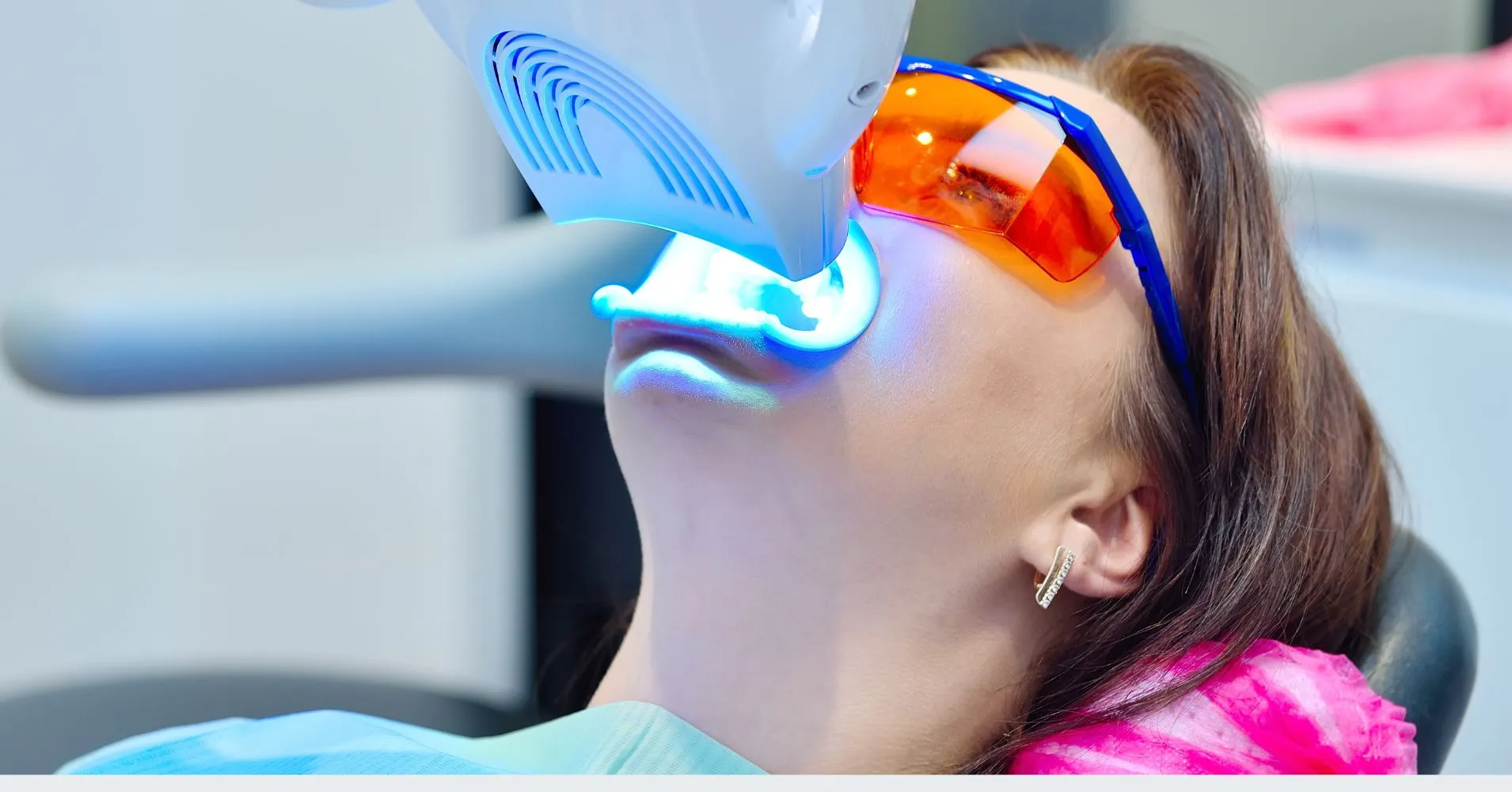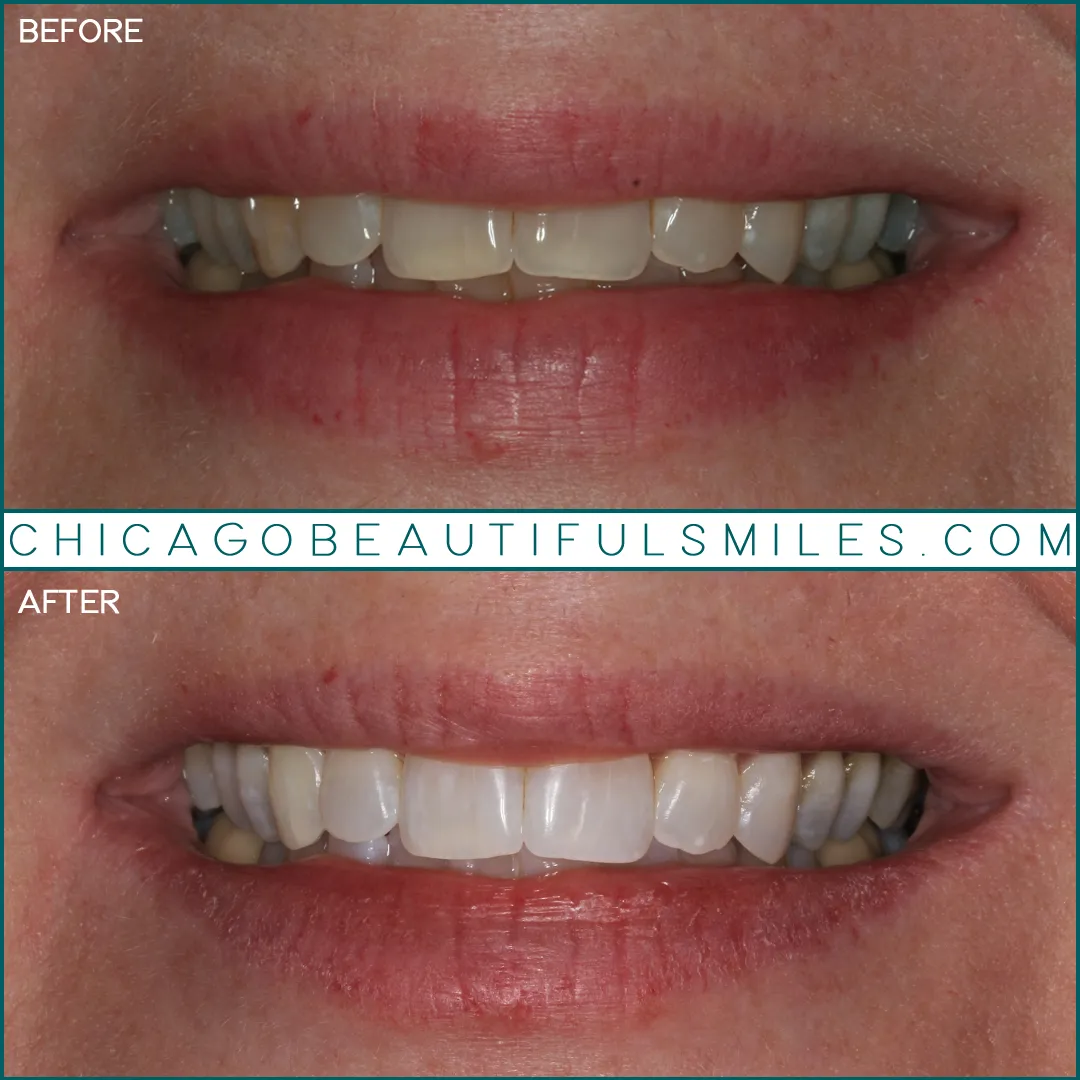Understanding Tooth Whitening Side Effects
Tooth whitening has become a popular cosmetic procedure, promising brighter and more attractive smiles. However, it’s crucial to be informed about the potential side effects associated with these treatments. While generally safe when performed correctly, understanding the risks can help you make informed decisions and take preventative measures. This guide will explore the top 5 side effects of tooth whitening, providing insights into what causes them, how to identify them, and how to manage or prevent them. Being aware of these factors ensures a safer and more comfortable whitening experience, helping you achieve the smile you desire without compromising your dental health. The process typically involves the use of bleaching agents, such as hydrogen peroxide or carbamide peroxide, to lighten the color of your teeth. These chemicals penetrate the enamel and dentin, breaking down stains and discoloration.
Sensitivity of Teeth
Tooth sensitivity is perhaps the most common side effect of tooth whitening. Many individuals experience increased sensitivity to hot or cold foods and drinks, or even to air. This happens because the whitening agents can temporarily make the enamel more porous, allowing irritants to reach the nerves inside the teeth. This sensitivity varies in intensity from mild discomfort to sharp, shooting pains. The duration of sensitivity also varies, typically lasting from a few days to a couple of weeks after the whitening treatment. This is a temporary condition, and usually resolves on its own once the teeth have had time to remineralize and the effects of the whitening agent have diminished. Careful management and awareness can significantly reduce the discomfort associated with this side effect.
Causes of Tooth Sensitivity

The primary cause of tooth sensitivity during whitening is the peroxide-based bleaching agents used in the process. These agents penetrate the enamel and dentin, which can irritate the nerve endings within the teeth. The concentration of the bleaching agent plays a significant role; higher concentrations often lead to increased sensitivity. Individual tooth structure and pre-existing conditions, such as thin enamel, cracks, or receding gums, can also increase the likelihood of sensitivity. Furthermore, the method of whitening – whether it’s an in-office procedure, take-home trays, or over-the-counter strips – can affect the level of sensitivity experienced. Proper application and adherence to the dentist’s instructions are crucial to minimize this side effect. If sensitivity persists or worsens, it’s important to consult your dentist for guidance.
Managing Tooth Sensitivity
Several strategies can help manage tooth sensitivity during and after tooth whitening. Using a toothpaste specifically designed for sensitive teeth, which contains ingredients like potassium nitrate, can help block the nerve signals that cause pain. Avoiding very hot or cold foods and drinks, as well as acidic foods, can also minimize discomfort. Over-the-counter pain relievers, such as ibuprofen or acetaminophen, can provide temporary relief from pain. Your dentist may also recommend fluoride treatments or prescribe a higher-fluoride toothpaste to strengthen the enamel and reduce sensitivity. In some cases, dentists might recommend a desensitizing agent to be applied directly to the teeth. It is crucial to follow your dentist’s instructions and to report any severe or prolonged sensitivity.
Gum Irritation
Gum irritation, or gingivitis, is another common side effect of tooth whitening. This can manifest as inflammation, redness, and soreness of the gums. It occurs because the bleaching agents can come into contact with the soft tissues of the mouth, causing irritation. This is more common with at-home whitening kits if the trays do not fit properly, allowing the bleaching gel to leak onto the gums. In-office procedures may also cause irritation if the gums are not adequately protected during the treatment. Proper application techniques and the use of protective barriers are crucial to minimize this side effect. Although generally mild and temporary, severe gum irritation can be quite uncomfortable and may require professional intervention.
Symptoms of Gum Irritation

The symptoms of gum irritation are usually quite noticeable. Common signs include gums that appear redder than usual, swelling, tenderness, and a burning sensation. The gums may also bleed more easily when brushing or flossing. In severe cases, the gums might develop sores or blisters. These symptoms typically appear within a few hours or days of the whitening treatment. Proper technique during treatment can reduce these effects. If you experience these symptoms, it’s important to be gentle when brushing and flossing. Avoiding irritating foods and rinsing your mouth with water after eating can also help. Consulting your dentist is essential if the symptoms are severe or do not improve within a few days.
Treating Gum Irritation
Treating gum irritation often involves simple measures that can be taken at home. Rinsing your mouth with lukewarm salt water can help reduce inflammation and promote healing. Using a soft-bristled toothbrush and brushing gently can also minimize irritation. Over-the-counter anti-inflammatory mouthwashes can help to soothe the gums. It’s crucial to ensure the whitening trays fit properly to avoid future irritation. In more severe cases, your dentist may prescribe a topical medication or recommend a professional cleaning to address the irritation. Avoiding the use of the whitening treatment until the gums have healed can also prevent further aggravation. Maintaining good oral hygiene is vital to promote recovery and prevent further complications.
Enamel Damage
While rare, enamel damage can occur with excessive or improper tooth whitening. The enamel is the outer protective layer of the tooth, and its integrity is crucial for maintaining dental health. Overuse of whitening products, particularly those with high concentrations of bleaching agents, can erode the enamel over time. This can lead to increased tooth sensitivity, an increased risk of cavities, and changes in the appearance of the teeth. It’s essential to follow the instructions provided by your dentist or the product manufacturer, and to avoid whitening treatments too frequently or for extended periods. The risk of enamel damage is higher with unsupervised or unregulated whitening treatments.
Causes of Enamel Damage

Enamel damage from tooth whitening is primarily caused by overexposure to bleaching agents. High concentrations of hydrogen peroxide or carbamide peroxide, used in many whitening products, can break down the minerals that make up enamel if used incorrectly or for too long. Frequent use of whitening treatments, without sufficient time for the enamel to recover, also increases the risk. Using abrasive toothbrushes or toothpastes in conjunction with whitening treatments can further exacerbate enamel erosion. Pre-existing conditions, such as acid reflux, can also weaken the enamel, making it more susceptible to damage. It’s crucial to adhere to professional advice and product instructions, and to seek guidance if any signs of enamel erosion are noticed.
Preventing Enamel Damage
Preventing enamel damage involves careful use of whitening products and good oral hygiene practices. Following your dentist’s instructions and the product guidelines is essential. Using a toothpaste with fluoride can help strengthen the enamel and remineralize the teeth. Limiting the frequency and duration of whitening treatments is crucial. Avoiding abrasive toothbrushes or using them gently can protect the enamel from unnecessary wear. Regular dental check-ups allow your dentist to monitor the health of your enamel and identify any potential issues early. Maintaining a balanced diet and avoiding excessive consumption of acidic foods and drinks can also help protect the enamel. If you experience sensitivity or other signs of enamel erosion, consult your dentist immediately.
Allergic Reactions
Allergic reactions to tooth whitening products, while uncommon, can occur. These reactions are typically caused by the ingredients in the whitening agents, such as peroxide or other additives. The severity of allergic reactions can vary from mild to severe. Symptoms may include skin rashes, swelling, itching, and in rare cases, difficulty breathing. It’s important to be aware of the ingredients in the whitening products you are using, and to discontinue use immediately if you suspect an allergic reaction. Always consult with your dentist before starting any new whitening treatment, especially if you have a history of allergies. If you experience any signs of an allergic reaction, seek medical attention immediately.
Identifying Allergic Reactions

Identifying an allergic reaction involves recognizing the symptoms. Common signs include skin rashes around the mouth or on the face, swelling of the lips, tongue, or throat, itching, and hives. In more severe cases, difficulty breathing, wheezing, or a rapid heartbeat may occur. If you experience any of these symptoms after using a tooth whitening product, it’s important to stop using the product immediately. Keeping track of the ingredients in the product can help you identify the allergen. Consulting with a doctor or dentist is crucial for diagnosis and treatment. They can help determine if the reaction is indeed an allergy and provide appropriate medical care. Prompt action can prevent serious complications.
Treatment for Allergic Reactions
Treatment for allergic reactions to tooth whitening products depends on the severity of the reaction. For mild reactions, such as a skin rash, over-the-counter antihistamines may provide relief. Applying a cold compress to the affected area can also help reduce swelling and itching. In more severe cases, medical attention is necessary. This might involve the use of prescription medications, such as corticosteroids or epinephrine. If you experience difficulty breathing or any other severe symptoms, seek immediate emergency medical care. After the reaction subsides, it is important to avoid the allergen in the future. Discussing your allergies with your dentist ensures they can recommend alternative whitening treatments that are safe for you.
Impact on Dental Work
Tooth whitening treatments do not whiten existing dental work, such as fillings, crowns, and veneers. The whitening agents only affect the natural enamel of the teeth. This can lead to a mismatch in color between the whitened teeth and the dental work, making the latter appear more yellow or discolored. Before undergoing tooth whitening, it is important to consider the impact on any existing dental work and discuss your expectations with your dentist. In some cases, it may be necessary to replace or touch-up the dental work to match the new shade of your whitened teeth. Understanding these limitations is crucial to achieve the desired aesthetic results and to avoid any unexpected outcomes. Consult with your dentist for personalized recommendations and solutions.
Effects on Fillings and Crowns

Tooth whitening treatments have no effect on fillings and crowns because they are made of materials, such as porcelain or composite resin, that do not respond to the bleaching agents. While the natural teeth lighten, the dental work remains the same color, creating a noticeable color difference. This can be especially apparent in the front teeth where the aesthetics are most important. The color mismatch can detract from the overall appearance of the smile. To avoid this, it is often recommended to whiten the teeth first and then replace any dental work to match the new, lighter shade. Your dentist can provide guidance on the appropriate timing and procedure for achieving the desired results, ensuring a harmonious and natural-looking smile.
Recommendations for Dental Work
If you have existing dental work, it’s essential to consult with your dentist before undergoing tooth whitening. Your dentist can assess your specific situation and provide recommendations to achieve the best possible aesthetic outcome. In some cases, it may be best to replace or touch-up the dental work after whitening to match the new shade of your teeth. Discussing your expectations with your dentist is crucial to ensure you are fully informed about the potential outcomes and the steps required to achieve the desired results. Your dentist can also advise on the most appropriate whitening method and product for your specific needs and the type of dental work you have. Planning ahead and coordinating the whitening treatment with any necessary dental work ensures a beautiful, natural-looking smile.
Conclusion
While tooth whitening can significantly enhance your smile, it’s essential to be aware of the potential side effects. Understanding the risks associated with tooth whitening, such as sensitivity, gum irritation, enamel damage, allergic reactions, and the impact on dental work, enables you to make informed decisions. By following your dentist’s recommendations, using products correctly, and practicing good oral hygiene, you can minimize these side effects and enjoy a brighter, healthier smile. If you experience any adverse reactions, consult with your dentist promptly. With careful planning and proper care, you can achieve a beautiful, confident smile while maintaining optimal dental health. Making an informed decision and taking preventative measures are the keys to a successful and safe tooth whitening experience.
